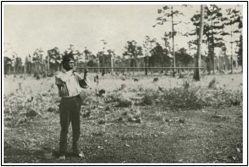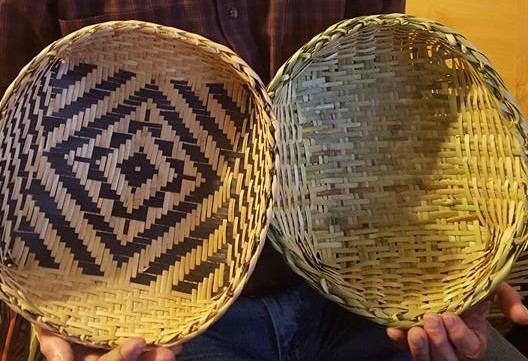In order for any cultural group to maintain their identity in the face of changing landscapes, being connected to the land and ecosystem is paramount. In light of colonial influences, rapid globalization, environmental change, and dietary delocalization this connection is as important as ever to indigenous peoples. The levels of complexity involved in reconnecting to ancestral landscapes are also immense due to geographic restrictions, governmental policies, and loss of cultural knowledge. However, there are ways in which Federal Agencies and Tribal Nations can work together to cultivate these connections and foster new vehicles for the transmission of cultural knowledge that benefit both parties.
One avenue to explore in the creation of improved dialogue between Federal Land Managers and Indigenous groups is the role that cultural keystone species play in environmental stewardship and ecosystem vitality. Cultural keystone species as a concept has been defined as a, “…culturally salient species that shape in a major way the cultural identity of a people, as reflected in the fundamental roles these species have in diet, materials, medicine, and/or spiritual practices” (Garibaldi and Turner 2004). Although the bulk of the literature regarding cultural keystone species focus the attention on animal species, this project turned the attention to plants. There are several examples in the literature of such species such as Mesquite in the American Southwest, Prickly Pear Cactus in Madagascar, and Western Red-Cedar in British Columbia. The TNTCX has focused on Rivercane as a cultural keystone species with potential to improve riverine habit, water quality, erosion control, and cultural revitalization of practices threatened by colonization.
Rivercane (Arundinaria gigantea) is a large native grass, technically a bamboo, found mostly throughout the southeastern United States, however it ranges from Florida to eastern Texas in the south, parts of the Midwest, and north to New York. This species is crucial to the culture of many Native American communities in the Southeastern United States. For hundreds of years, rivercane material has been utilized for both sacred and mundane cultural practices critical to the cultural continuity of indigenous communities. In addition to hunting and gathering purposes, such as blow guns, fishing creels and baskets, rivercane also has many environmental benefits including erosion control, protecting and improving water quality, and providing habitat for native fish and wildlife species.


Although dense stands of cane, known as canebrakes, were once abundant in the Southeastern United States, they are now a critically endangered ecosystem due to agriculture, climate, grazing, fire suppression, water management, and urbanization throughout the entirety of their range. USACE projects directly and indirectly contribute to these threats and stressors, thus the agency is taking proactive approaches to sustainable restoration practices.

 range map.jpg?ver=OCB5f6_ALyqkiY4f-UmCsQ%3d%3d)